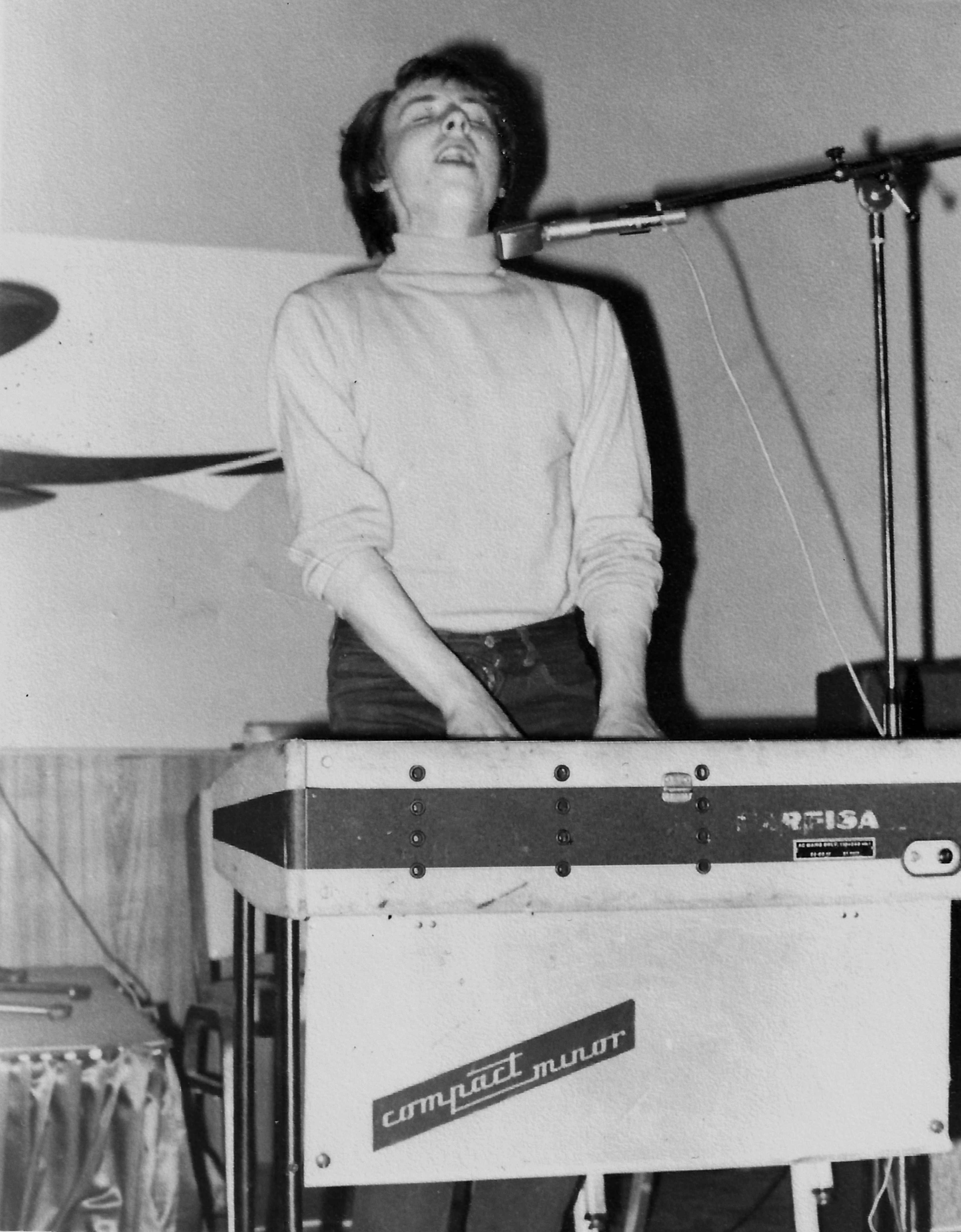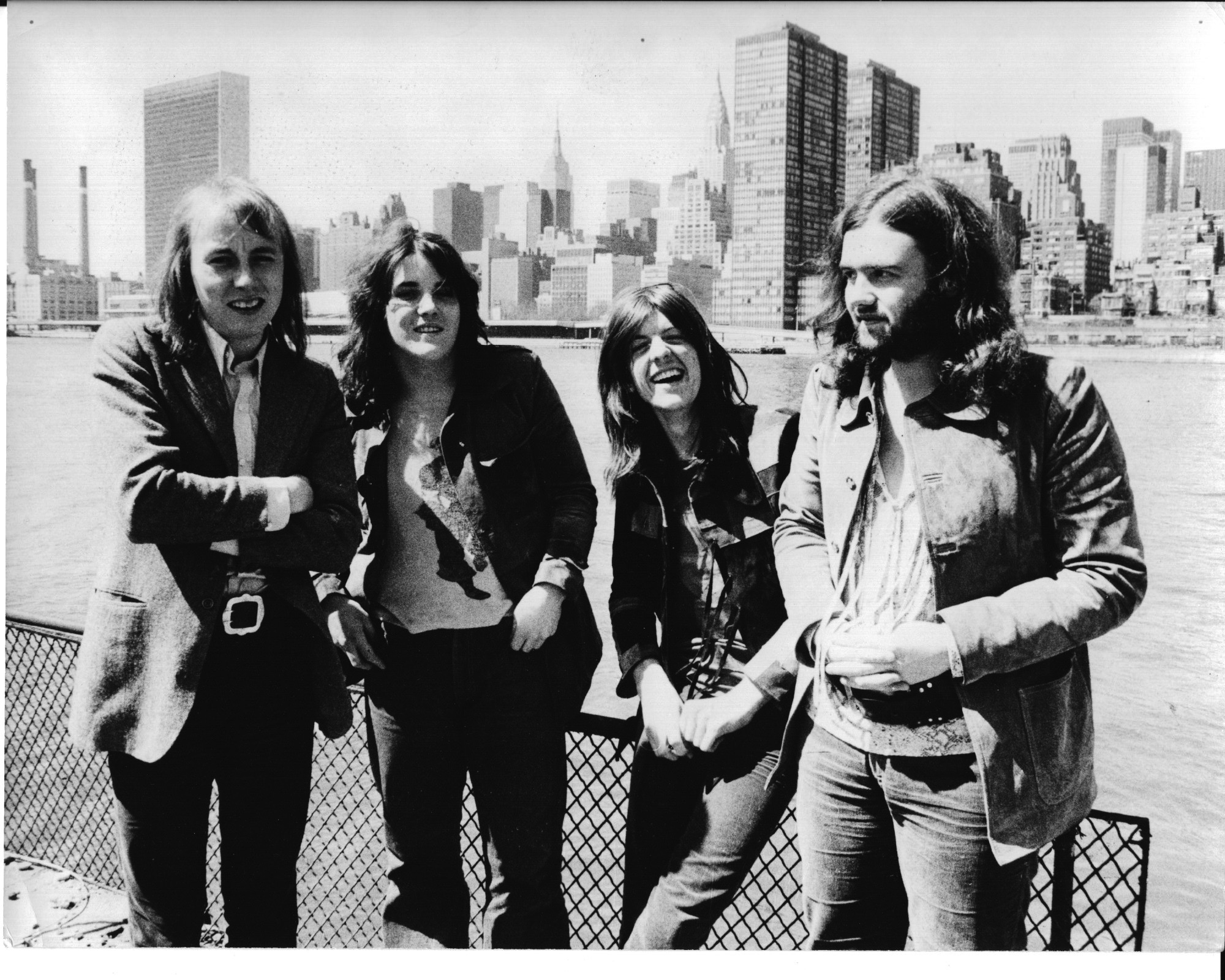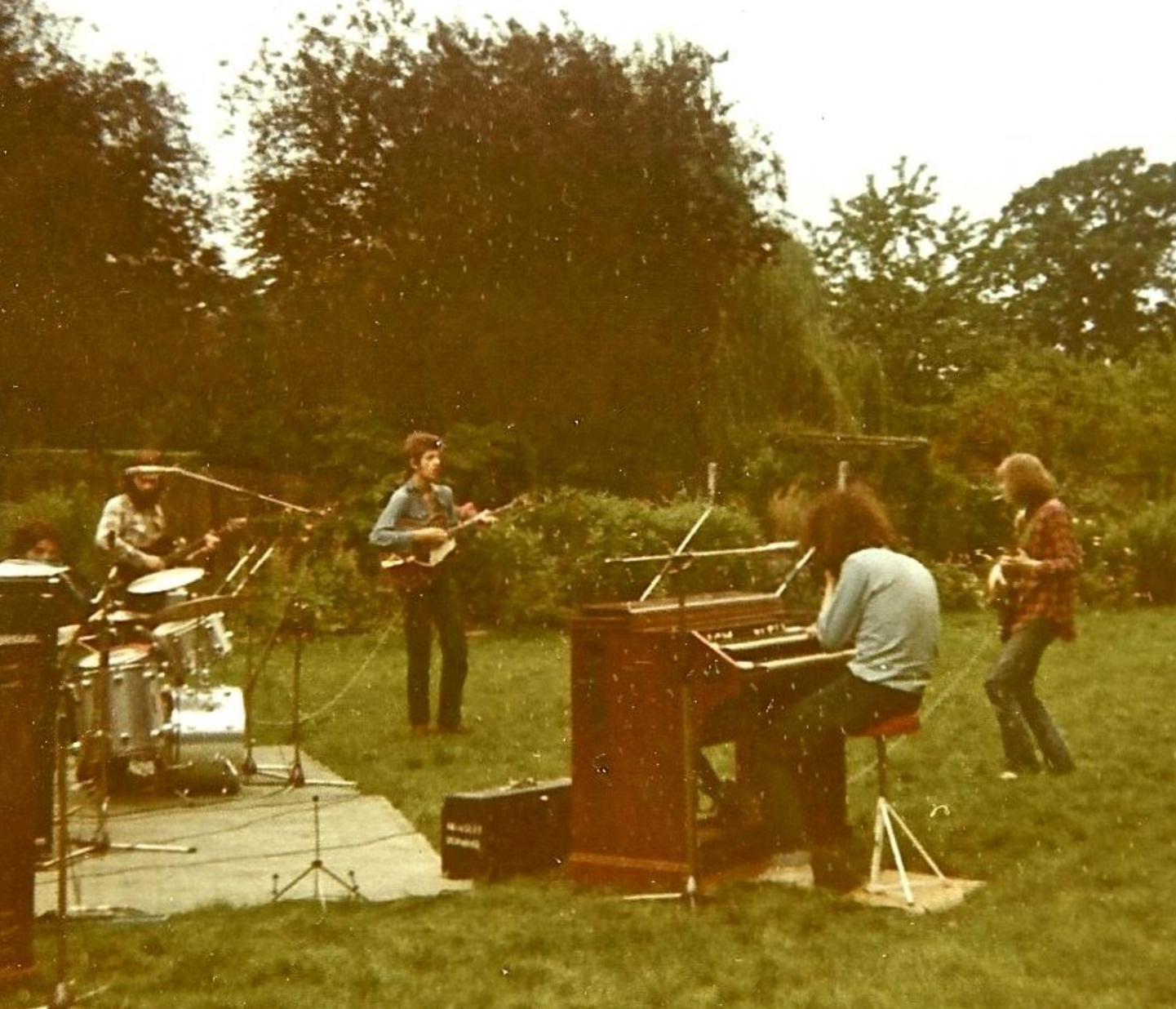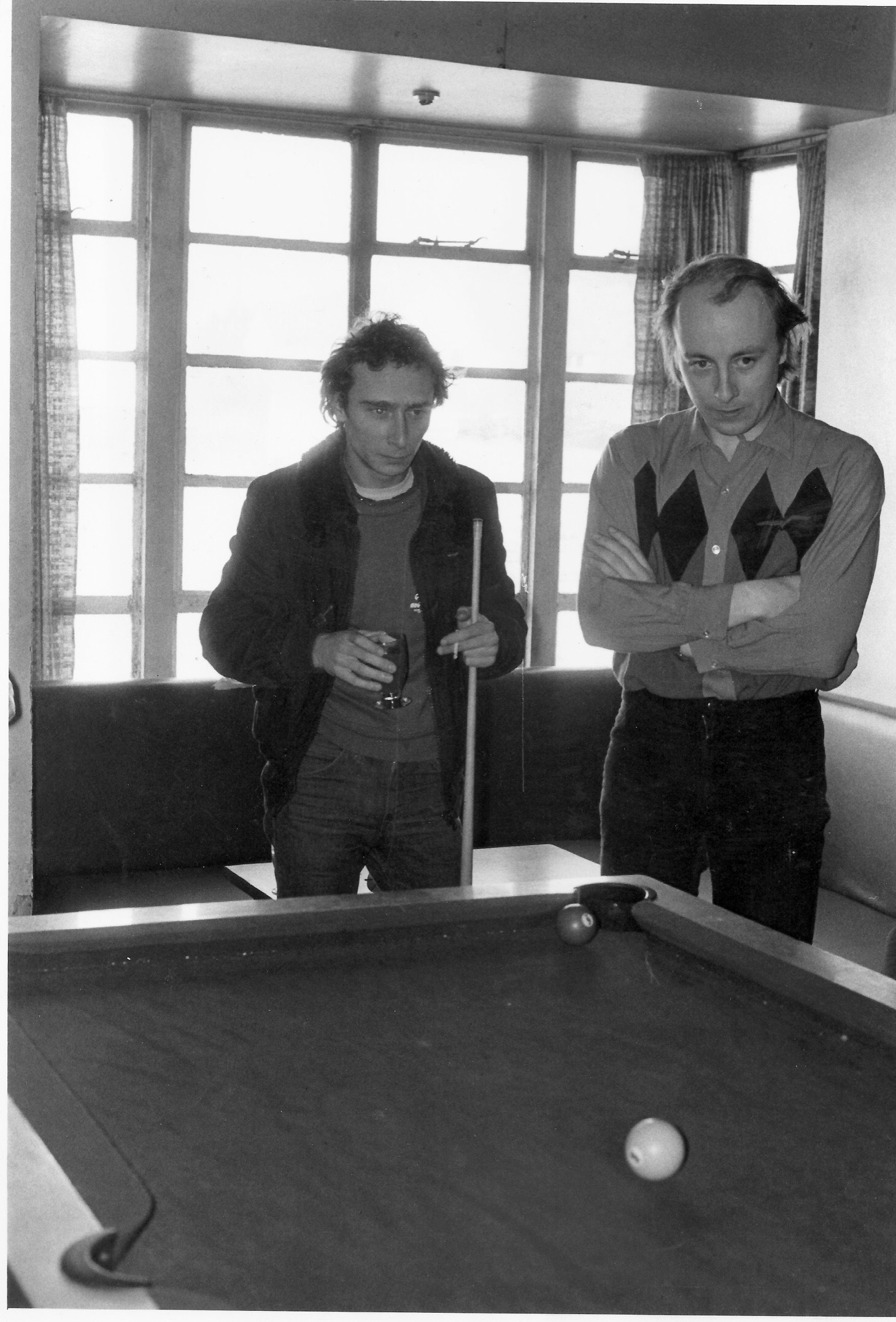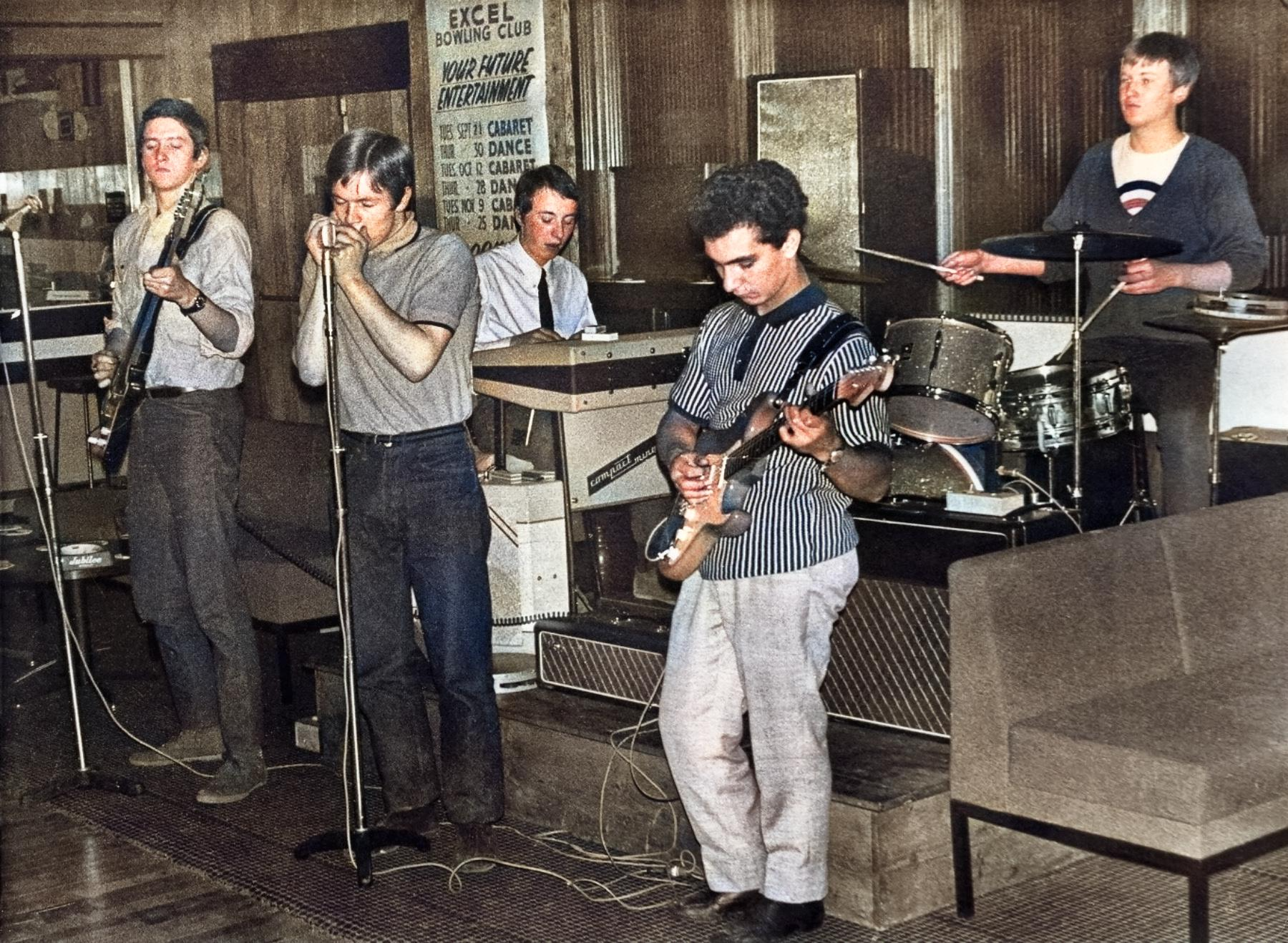
EARLY DAYS:
Born in the UK, just outside Leeds, Yorkshire, Andrews grew up in the district of Kirkstall, attending a small, local church elementary school, St Stephens. He started piano lessons at age seven after his mother detected his enthusiasm for banging on his grandmother's neighbour's piano. He switched teachers at age 11 to a local piano master, Charles Seed. Passing the 11+ entrance exam to attend grammar school, he learned ukulele playing in a skiffle group formed with school friends. Andrews' earliest introductions to music came through the radio and his teenage next-door neighbor who bought Elvis and Bill Haley records. Hanging out at a local penny arcade in Blackpool while on a family holiday, he was exposed to The Everly Brothers, where he would sing along to the harmonies.
At 13, he discovered Chuck Berry, the Stones, the Beatles and girls, not necessarily in that order, stopped piano lessons, and learned to play bass and electric guitar. A whole new musical world opened up when Andrews heard Howlin’ Wolf and the Chicago blues, and learning those infamous guitar riffs, played underage in pubs. By 1965, At age 16, he had been kicked out of high school (for having long hair), secured a job as a trainee surveyor, and with a newly minted Farfisa organ, was gigging five nights a week...
